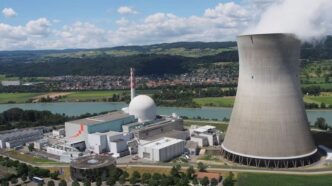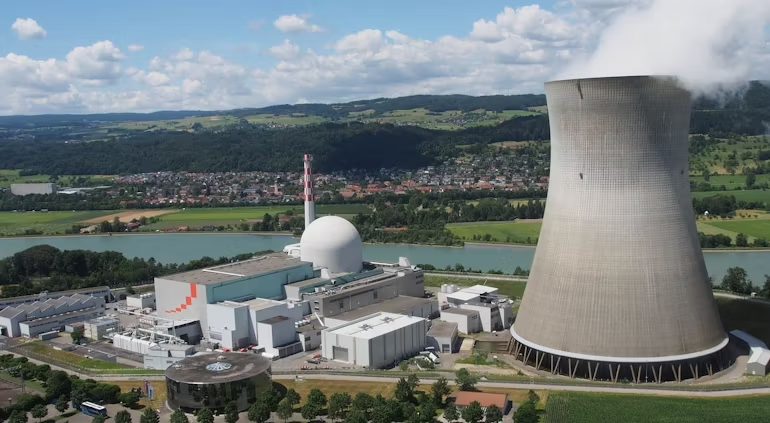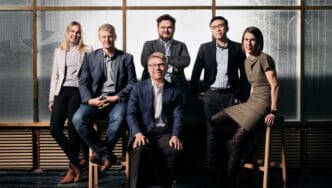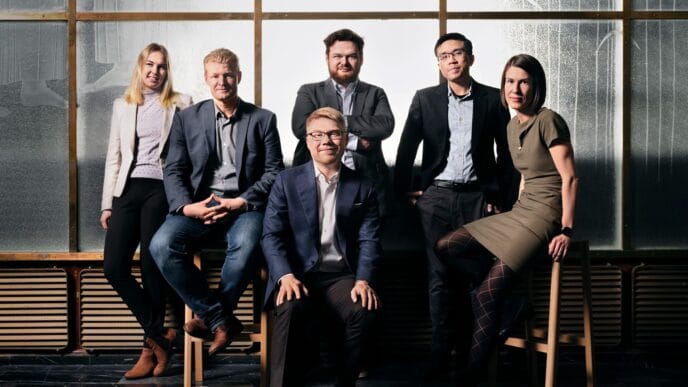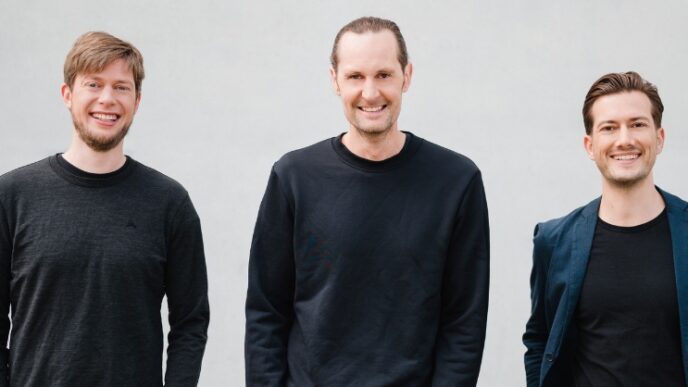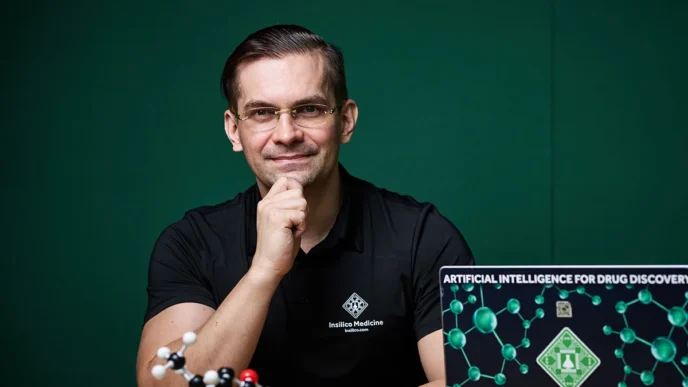As the AI revolution accelerates, Big Tech’s energy appetite is surging—and it’s reshaping the future of power generation. With electricity demand climbing rapidly in the U.S. after years of stagnation, tech giants are turning to nuclear fission to keep their data centers running around the clock.
Unlike fusion, which remains experimental and far from commercially viable, nuclear fission is making a comeback. Modern reactor designs promise safer, smaller, and more scalable solutions. These small modular reactors (SMRs) are poised to power the next wave of AI infrastructure—and major players like Amazon, Google, Microsoft, and Meta are already placing their bets.
Kairos Power: Google’s Nuclear Bet
Kairos Power, based in Alameda, California, has drawn significant attention with its molten salt-cooled reactor design. Google has committed to buying up to 500 megawatts of power from Kairos by 2035, with the first reactors expected online in 2030.
What sets Kairos apart is its use of molten fluoride salt as a coolant. The salt’s high boiling point allows the system to operate at lower pressure, boosting safety. The reactors use ceramic-coated fuel pebbles engineered to resist meltdowns. Backed by $629 million in federal funding, including a $303 million grant from the Department of Energy, Kairos is already building two 35-megawatt test reactors in Tennessee, with plans for larger 75-megawatt commercial units to follow.
Oklo: Sam Altman’s Nuclear Ambition
Oklo’s microreactor is designed with data centers in mind. Backed by OpenAI’s Sam Altman, Oklo went public in 2023 via a reverse merger with Altman’s SPAC, AltC. Although Altman stepped down from the board earlier this year, OpenAI is reportedly in talks with Oklo to secure a clean energy supply for its AI operations.
The startup’s reactor uses liquid metal cooling and aims to minimize nuclear waste. While Oklo hit a regulatory snag in 2022 with a denied license application, it plans to refile in 2025. Meanwhile, it has landed a long-term deal to deliver 12 gigawatts of nuclear power to data center company Switch by 2044. Other notable backers include DCVC, Draper Associates, and Mithril Capital.
Saltfoss: Floating Nuclear Barge Concept
Saltfoss, formerly known as Seaborg, brings a novel twist to SMRs. Instead of land-based reactors, it plans to install two to eight molten salt-cooled reactors aboard ships—dubbed “Power Barges.” The company has raised nearly $60 million to date, including early support from Bill Gates, Peter Thiel, and Unity co-founder David Helgason.
Saltfoss has teamed up with Samsung Heavy Industries to build its floating nuclear vessels. By combining flexible deployment with scalable reactor design, Saltfoss aims to deliver clean power wherever it’s needed, from coastal cities to island nations.
TerraPower: Bill Gates’ Scalable Reactor Vision
Founded by Bill Gates, TerraPower is pushing forward with its Natrium reactor, a large-scale alternative to most SMRs. It’s cooled by liquid sodium and features molten salt heat storage to balance grid demand and maintain continuous operation.
TerraPower broke ground on its first Natrium power plant in Wyoming in 2024. The design delivers 345 megawatts of electricity—smaller than legacy nuclear plants but larger than typical SMRs. Thanks to its storage system, the reactor can keep splitting atoms even when demand is low and release stored energy later when usage spikes.
Investors include Gates’ Cascade Investment, Khosla Ventures, CRV, and steel giant ArcelorMittal.
X-Energy: Amazon’s Big Nuclear Play
X-Energy stands out with a recent $700 million Series C-1 round led by Amazon’s Climate Pledge Fund. The company is developing its Xe-100 high-temperature gas reactor, capable of producing 80 megawatts.
Unlike other U.S. startups, X-Energy uses helium-cooled fuel pebbles to transfer heat efficiently. The company plans to deploy 300 megawatts of capacity across the Pacific Northwest and Virginia. Its design builds on a tested concept but aims to revive interest in gas-cooled nuclear in a market that’s largely moved away from it.
